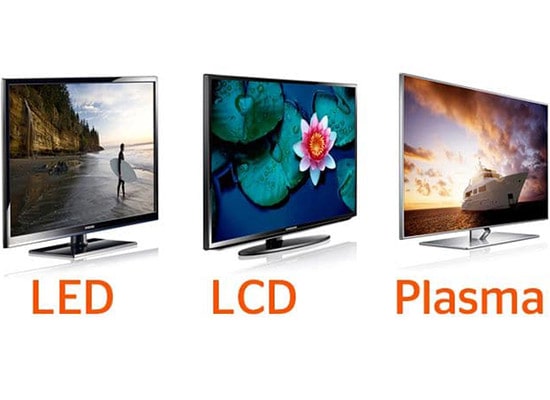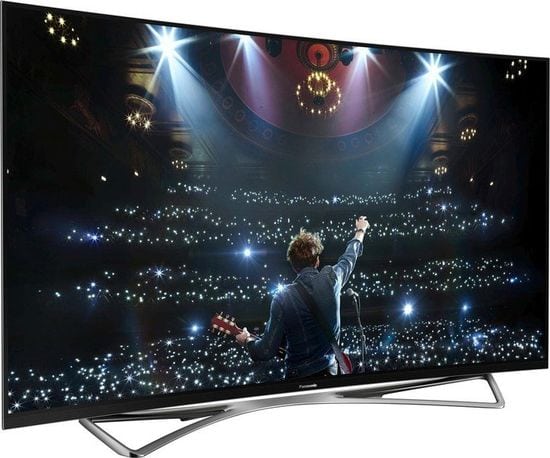Unfortunately for the fans of plasma TVs, today all the leading companies have refused to further develop this direction. New plasma models have not been developed for several years. Nevertheless, these TVs are still available in the market. Therefore, comparing them with the most popular LED TVs seems appropriate.
The viewing angle of plasma and LED TVs is approximately the same and is usually 176-178 °. This is more than enough for comfortable viewing from anywhere in the room.
The response time for the plasma TV screen is almost instantaneous. Therefore, the effect of the plume is completely absent even for high-dynamic scenes. However, the response time of the matrix in modern LED TVs also averages only 8-9 ms. Accordingly, the display of high-dynamic scenes is also not a problem for them.
The image of LED TVs is softer compared to plasma TVs.
Factors in favor of LED TVs
This list includes:
– The LED TV is well suited for viewing in brightly lit rooms.
Plasma TV uses glass and behaves worse even when using a highly effective anti-glare filter. The high brightness of the LED TV further enhances this advantage.
– The LED TV is well suited for use as a monitor (Internet, image processing, etc.).
As you know, the memory effect is not in the LED. This effect leads to the image retention on the screen. Therefore, the LED TV is ideal as a monitor. Unfortunately, the plasma TV has the effect of an image retention.
In addition, plasma displays require dithering due to gray level limitations. Dithering (from the old English “didderen”) is the addition of a primary pseudorandom noise signal in a specially selected spectrum during the processing of digital signals. It’s used to process digital audio, video and graphics data to reduce the negative impact of quantization. Because of this, individual pixels are distinguishable on the display at close range.
Therefore, a plasma TV is inconvenient to use as a monitor.
– LED TVs lineup includes models with a small diagonal;
Unfortunately, plasma Full HD is begins with only 42 “.
– LED TV provides very saturated colors.
Factors in favor of the plasma TV
This list contains:
– Plasma TV is designed primarily for viewing high-quality content.
They more fully reveal all the advantages of high-quality images.
– The plasma TV is great for viewing in muted light or in the dark.
Under these conditions, the image opens in full.
– Plasma TV is ideal for home theater.
Viewing movies in high quality is the main function of a plasma TV. Plasma TV creates a voluminous 2D effect, has a deep black level, is characterized by the absence of a light flash and has excellent contrast transitions.
– Plasma TV is preferred in the segment of models with large diagonals (from 50 to 65 inches). Obviously, a 65-inch LED TV for home theater will be a bit strange choice.
– Plasma TV provides a very natural color rendering with bright, rich and deep colors.
Conclusion
Plasma TV is preferable in the segment of models with large diagonals to reproduce high-quality content. These TVs are well suited for premises with an area of 40 sq.m. and higher with good ventilation. Excess heat from the TV creates considerable discomfort in too small rooms. LED TV is more preferable for small and medium-sized rooms for viewing without darkening. But, of course, the final choice of the optimal TV depends on the individual preferences of the user.
This video perfectly demonstrates the pros and cons of plasma and LED TVs.



